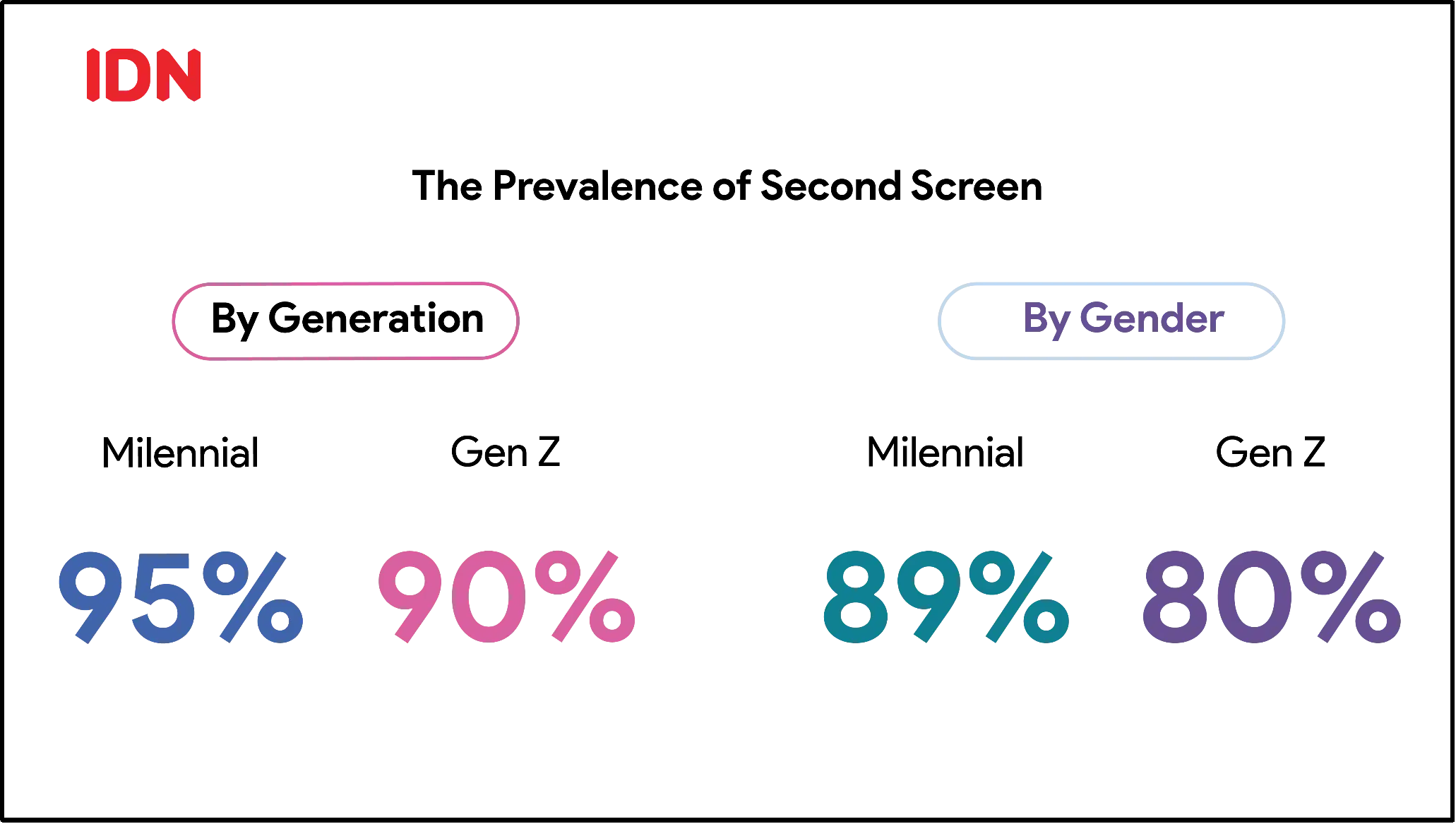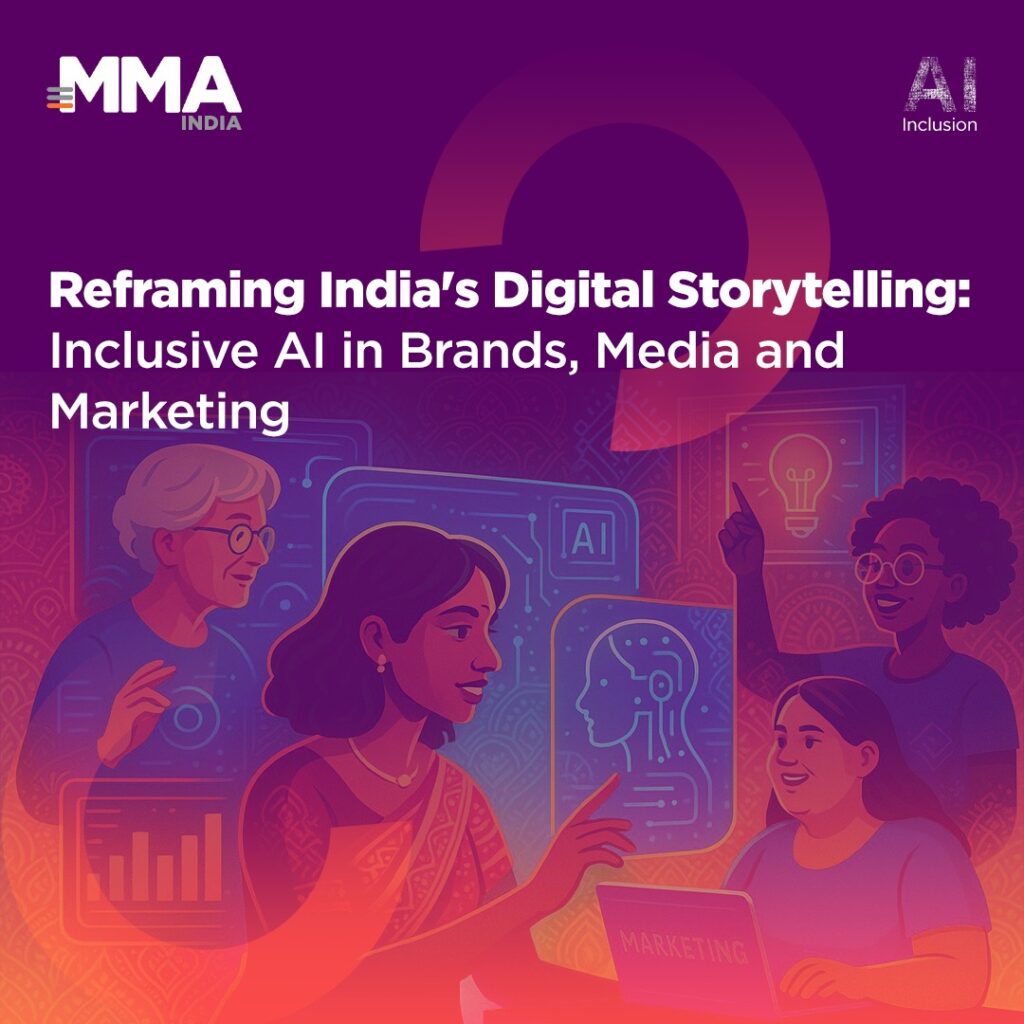
In recent times, the way people consume information has transformed significantly, reflecting both generational differences and rapid technological advancements. Despite the rise of new and innovative platforms, traditional media remains important, particularly among millennials in urban areas. In contrast, social media has emerged as the primary information source for Gen Z. This article backed research explores some of the generational preferences for Millennials and Gen Zs, the types of content that resonate most, and how individuals navigate the increasingly blurred lines between what goes on online and offline.
Millennials Prefer Traditional Media for Credibility[1]
Our research by Indonesia Millennials and Gen Z Report 2025 by IDN Research Institute indicates that millennials, even those in urban areas, predominantly rely on traditional media outlets like TV news programs for their information. Despite the rise of digital platforms, television remains a dominant source of information for Indonesian millennials, even in larger cities.

Table I: Top 3 preferred sources of information for Millennials in Indonesia, Indonesia Millennials Report 2024
This preference is likely fueled by the second screening phenomenon —using a second electronic device, such as a smartphone or tablet, while watching TV (See Table I). This practice allows them to engage with supplementary content, fact-check information, and participate in real-time discussions online, creating a more interactive and enriched viewing experience. This multitasking behavior enhances the appeal of traditional media by blending it with the interactivity of digital media while they are at it.
The phenomenon of using a second screen is widespread across all generations. However, it is especially prevalent among Millennials (95%) and Gen Zs (90%), who frequently or occasionally browse the internet on another device while watching TV. This behavior is more common among women (89%) than men (80%) (See Figure I).

Figure I: The Prevalence of Second Screen, Indonesia Millennials Report 2024
In Indonesia, smartphones serve as the dominant second screens due to the country’s high smartphone penetration rate. Research indicates that the most common activities on these second screens are checking email (50%), browsing social media (40%), and text or instant messaging (10%) (See Chart I). This data suggests that advertisers could effectively engage consumers by sending emails during after-office hours.

Chart I: Types of Activities being done on the Second Screens, Indonesia Millennials Report 2024 & Indonesia Gen Z Report 2024
The research further delves into specific social media platforms used by Millennials and Gen Zs on their second screens (See Chart II). Instagram is favored by 48% of Millennials, whereas TikTok dominates among Gen Zs with 64%. Other platforms like Facebook and X have a smaller user base among both groups.

Chart II: Social Media Platforms being used on Second Screens, Indonesia Millennials Report 2024 & Indonesia Gen Z Report 2024
Gen Z Favors Social Media for Real-Time Information

Figure II: Top 3 reasons Gen Z favors social media over traditional media, Indonesia Millennials Report 2024 & Indonesia Gen Z Report 2024
According to the Indonesia Millennials and Gen Z Report 2025, Gen Z, born into the digital age, significantly prefers obtaining information from social media platforms prior to fact checking them. News accounts on Instagram, X, and TikTok are some of their primary sources. The immediacy, accessibility, and variety of perspectives available on social media cater to Gen Z’s preference for real-time updates and diverse viewpoints. The interactive nature of social media, where users can engage with content, share opinions, and participate in discussions, makes it a vibrant and dynamic source of information. Unlike traditional media, which follows a scheduled format, social media offers news on-demand, fitting seamlessly into the fast-paced lifestyle of Gen Z.
The Blue-Check Society!
The proliferation of hoaxes and misinformation on social media remains a concern. Most people are now more aware of the risks and have developed strategies to avoid being misled by provocative headlines. Verifying facts from trusted news sources and relying on accounts with verified blue checks on Instagram, X and TikTok are common practices among social media users to ensure the credibility of the information they consume. This heightened awareness reflects a growing digital literacy and a critical approach to consuming information online. Tools and resources that help users fact-check and verify information are becoming increasingly important in combating misinformation.
Entertainment and Visual Appeal Drive Engagement for Gen Z

Table II: Top 3 reasons Gen Z favors social media over traditional media, Indonesia Millennials Report 2024 & Indonesia Gen Z Report 2024
Social media content preferences differ between millennials and Gen Z, though both enjoy entertaining and informative posts with valuable recommendations (Table II). Gen Z, in particular, favors visually appealing content with eye-catching designs, highlighting their love for aesthetic and creative visuals. This generation’s inclination towards visual storytelling is evident in the popularity of platforms like Instagram and TikTok, where high-quality imagery and engaging videos thrive. The use of filters, effects, and creative editing tools enhances the appeal of the content, making it more engaging and shareable.

Authenticity and Relatability Are Key for Gen Z

Chart III: Top 3 reasons to follow content creator account, Indonesia Millennials Report 2024 & Indonesia Gen Z Report 2024
Content creators who provide motivation and enthusiasm are widely followed on social media. These creators offer a blend of entertainment and inspiration, appealing to both millennials and Gen Z. Authenticity plays a crucial role in content appeal, especially for Gen Z, who value genuine, relatable content over highly curated or commercialized posts. This preference is driven by a desire for real connections and trustworthiness in a world flooded with information. Moreover, Gen Z demonstrates greater purchasing power for buying merchandise from content creators compared to millennials. The influence of these creators extends beyond entertainment, impacting purchasing decisions and brand loyalty.
Conscious Social Media Usage Enhances Well-Being

Figure III: Top 3 reasons Gen Z favors social media over traditional media, Indonesia Millennials Report 2024 & Indonesia Gen Z Report 2024
As social media continues to dominate the information landscape, people have become increasingly conscious of the need to balance their virtual and real lives. A significant portion of Millennials (35%), and Gen Zs (40%), emphasizes the importance of not oversharing on social media and prioritizing privacy (See Figure III). They recognize the potential mental health impacts of excessive social media use and strive to maintain a clear distinction between their online persona and real-life interactions. To maintain sanity and manage their time effectively, many users consciously limit their social media usage, recognizing it as a form of entertainment rather than a reflection of reality. By setting boundaries and focusing on meaningful offline experiences, both millennials and Gen Z are learning to navigate the complexities of a hyper-connected world.
[1] IDN. Indonesia Millennial Report 2024 & Indonesia Gen Z Report 2024.



















